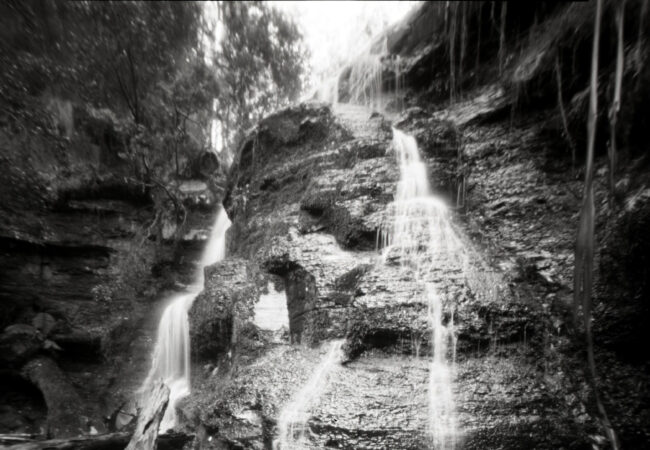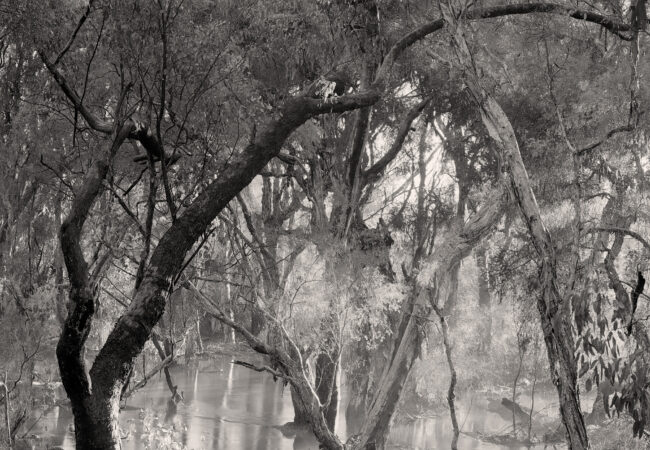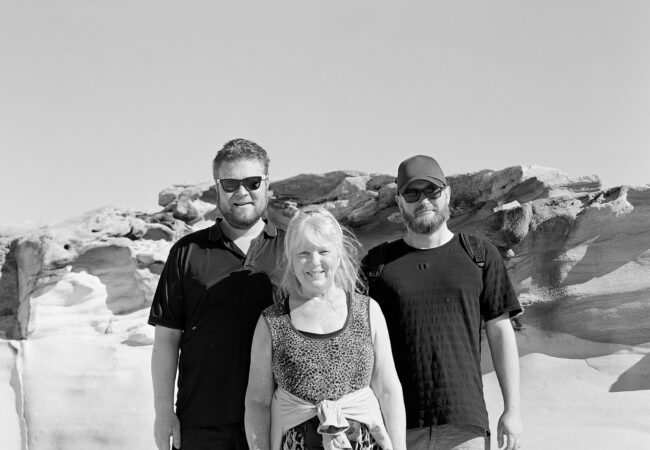Hendersons Falls. Scan of 4 x 5 pinhole negative. Article…
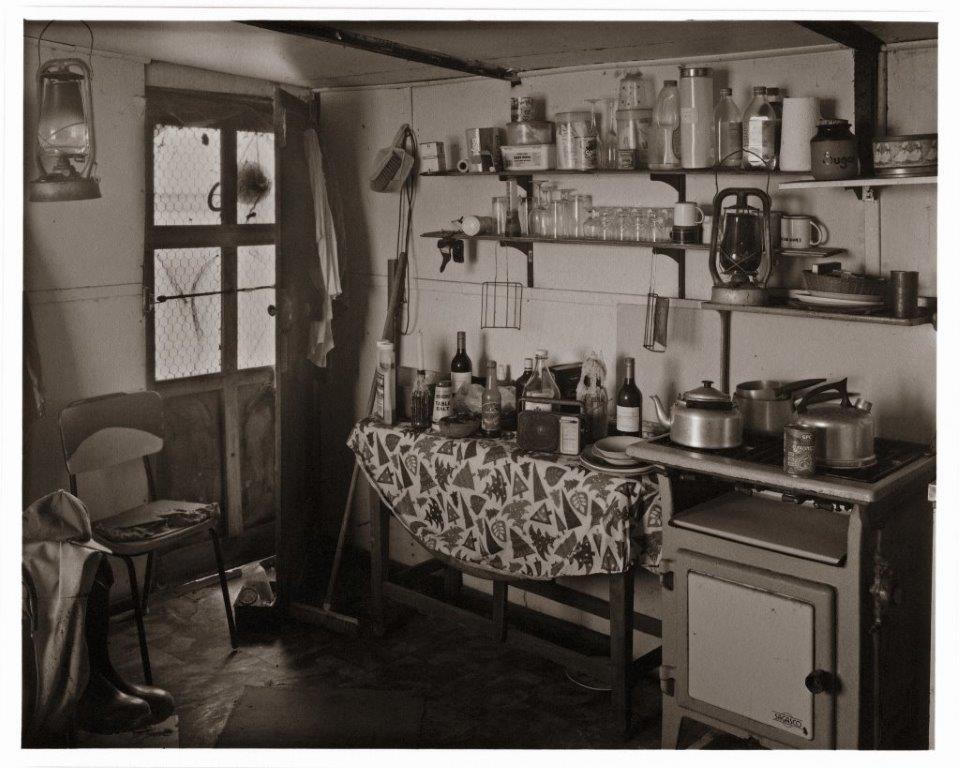
The Photograph Considered number twenty one – Stavros Pippos
Fisherman’s Hut, Coorong, 2017. Platinum‒palladium print
My interest in the Coorong and Lower Lakes of the River Murray was the result of a chance conversation I had with Colin Thiele the author of Storm Boy. Two cinema versions of this iconic story have been filmed among the pristine dunes of the Coorong. I was introduced to Colin when, as a television director and producer, I collaborated with him on a television documentary titled The Adelaide Story for which Colin wrote the script and I was the executive producer. Colin subsequently provided a lengthy introduction to my third book Shades of Ochre. I mention my association with Colin as we shared a common interest and love for the diversity of landscapes within the State of South Australia. The Flinders Ranges was to become my ‘second home’; I would visit through all seasons irrespective of weather in order to capture their majestic beauty. My first two books were dedicated to images I had made in this range of rugged mountains described by our greatest landscape painter Hans Heysen ‘as the bones of nature laid bare’.
I have digressed from the Fisherman’s Hut. Many years ago I came upon a ramshackle collection of fisherman’s huts around which nets, buoys and paraphernalia only a fisherman and photographers of a certain age would appreciate. I had found in the Coorong what a large format enthusiast would recognise as the perfect location where only a few metres would separate me from my 4WD and multiple scenes of creative interest. The men occupying the huts had obviously known each other all their lives and were eager to welcome me to the fold. Every evening was a celebration ‒Coorong mullet and a rough port!
Now decades later I still return there although the numbers have dwindled my love for the place has not diminished. This tiny hut is where I have always camped albeit with the odd tiger snake. The photograph was inspired by news that the few remaining huts may have a tenuous future. With available natural light I set my Deardorff 8 x 10 with a 250 mm Wide Field Ektar lens. Film was Ilford HP5 exposed for 55 seconds at f45. My preference was for a platinum-palladium print from the in-camera negative to compliment the era of the hut and its contents which I believe would also roughly equate to the birth of my camera and lens combination.
I can now see just how relevant my time as a studio cameraman and later as a director was to my post-television life as a photographer. In the days of black-and-white analogue television the ability to visualise colours as steps of a grey scale, from dense black through to paper white, was a necessary skill for a cameraman; and it remains so today for those of us engaged in the art of black-and-white photography. In live television the studio camera operator must also be capable of speed and precision, and have an eye for composition. It soon became second nature for me to reposition a large mobile camera, moving from one scene to another, simultaneously rotating the lens turret to select one of four prime lenses. Using my large-format analogue film cameras today requires similar concentration and attention to technical detail – with one significant difference: I’m now the director, producer, camera operator and creator of the final printed image. Nothing could be more satisfying!
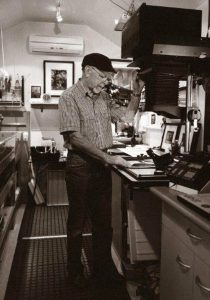
Stavros Pippos
My interest in photography has evolved over a lifetime, a passion kindled when I was a twelve-year-old boy with a camera cycling the dusty back tracks of Mullumbimby in northern New South Wales. I often spent my weekends photographing rural scenes around Mount Chincogan or the nearby Brunswick River. In the evenings I processed film and contact-printed negatives in a makeshift darkroom. The joy of watching an image slowly emerge through a cloudy chemical bath lit a creative flame within that set me on my photographic journey ― a journey that has rewarded me beyond anything a twelve-year-old boy with a camera could ever have imagined
The desire to pursue a creative life led me to Adelaide, where I gained a position with the television station ADS Channel Seven. Television was still in its infancy in Australia, and most people working in the field were young and eager to learn. On 15 July 1963 I began work as a property boy. My job involved moving scenery, sweeping floors, and general studio duties. I found television a perfect fit, and it wasn’t long before I began to work my way up through the ranks. Eventually, many years later, I became Managing Director of the company for which I had initially been employed to sweep studio floors.
Exhibition: The Photography of Stravos Pippos – Gold Street Studios & Gallery. Trentham East, Victoria. 31 May – 28 July 2019.
Next Post: Workshop: Chemigrams & Lumen Prints
Previous Post: Exhibition: Memories of a River by Bob Kersey
